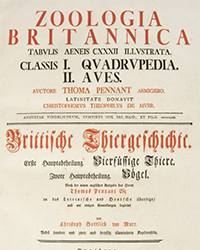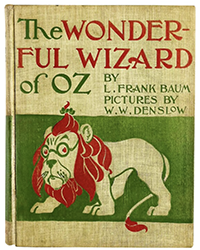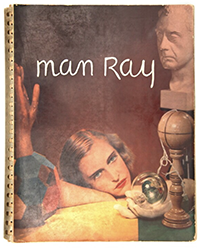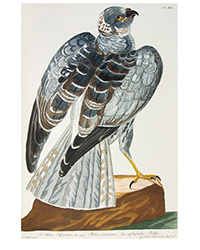This website is all about printed paper, yet we rarely discuss the most valuable printed paper of all – currency. It is the only type of paper with a stated value. If you were asked to name an ingenious American printer, most likely you would name Benjamin Franklin. Good choice. There is something odd in knowing that “Poor Richard” himself was literally printing money, but Franklin always comes up with surprises for us.
Franklin was regularly rebelling against the ways Britain kept her colonies in check. One was by controlling America's money supply. The colonists needed English currency to conduct trade. Coins could have been minted in America but that required valuable metals. Franklin realized that the colonies had to develop their own paper currency. How could they do that? What was to stop counterfeiters from doing the same? Franklin understood that he needed to develop a paper currency that could not be copied.
So, how did he do it? Modern technologies used to prevent counterfeiting had not yet been invented. The answer is, he invented them. After all, he was Benjamin Franklin. A group of researchers at the University of Notre Dame got together and spent the past seven years studying many of the bank notes Franklin created. They had access to almost 600 notes from the Special Collections at the Hesburgh Library on campus. As stated in their paper, to determine the materials Franklin employed, they used “a unique combination of nondistractive, microdestructive, and advanced atomic-level imaging methods, including Raman, Infrared, electron energy loss spectroscopy, X-ray diffraction, X-ray fluorescence, and aberration-corrected scanning transmission electron microscopy.” I have no idea what any of that is, but it certainly is impressive.
What they found is that Franklin took a number of steps to prevent his currency from being counterfeited. Franklin normally used lamp black, a pigment created from burning vegetable oil, in his printing but used a special dye made from graphite for his paper bills. The researchers found that counterfeit bills from this time contained more calcium and phosphorous than those created by Franklin. Franklin invented the practice of embedding tiny fiber in his paper, used later by many others. They appear as pigmented “squiggles” in the bills. Franklin also added translucent muscovite crystals (better known as mica) to his bills. The researchers speculated he initially used it to make his bills more durable, but later added larger crystals to make it more difficult to copy his bills. Researchers also found that Franklin used “his own unique designs of 'nature-printed' patterns and paper watermarks.”
The bills examined ranged from 1709-1790, though Franklin didn't begin printing until 1728. Printing the needed currency was a massive job, requiring Franklin to have a network of printers to help him. He printed nearly 2,500,000 notes for the American colonies.
America has had some great scientists, great inventors, great statesmen. No one else ever filled all three roles like Franklin. However, first, before all else, he was a printer, giving those of us in the books and paper field first dibs on claiming him as one of our own.
Authors of the study were Khachatur Manukyan, Armenuhi Yeghishyan, Ani Aprahamian, and Michael Wiescher. The study was funded by a grant from Notre Dame Research. The study was published in Proceedings of the National Academy of Sciences.


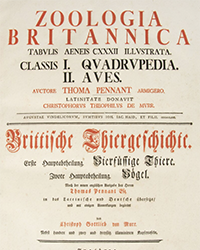
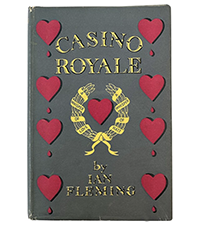
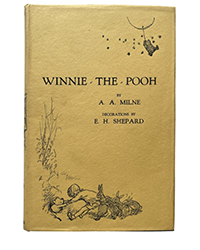
![<b>Sotheby’s:</b> Ernest Hemingway. <i>Three Stories And Ten Poems,</i> [Paris], (1923). First edition of Hemingway’s first published book. $75,000. <b>Sotheby’s:</b> Ernest Hemingway. <i>Three Stories And Ten Poems,</i> [Paris], (1923). First edition of Hemingway’s first published book. $75,000.](https://ae-files.s3.amazonaws.com/AdvertisementPhotos/acf970a0-a15d-4c79-aa24-5e8e414cb465.png)
